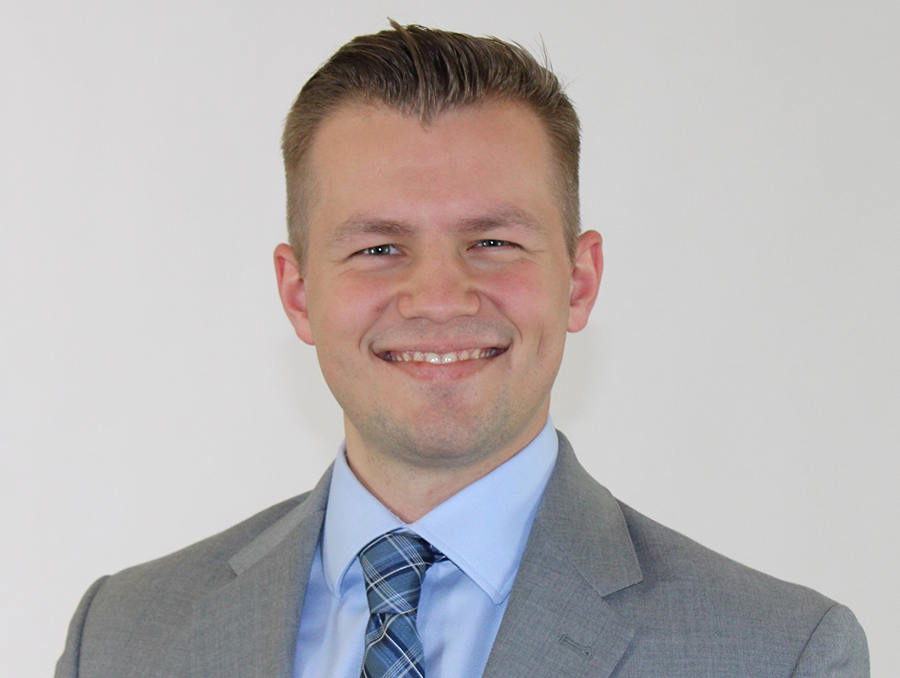The countdown to the grand opening of the Mathewson-IGT Knowledge Center has begun, and no one is counting the days more closely than University President Milt Glick.
Glick firmly believes the 295,000-square-foot building, scheduled to open to the public on Aug. 11, will help transform the campus.
“This new Knowledge Center is the physical manifestation of the convergence of technology and the written word,” he said. “We believe that of all the library-type structures built in the last 20 years in this country, this one becomes the exemplar.”
Glick’s optimism has good basis in reality. The Knowledge Center promises a unique form of convergence of what Glick called “the historic library and the printed page, and technology.”
“It’s not just going to be how information comes available anymore,” he said. “The Knowledge Center changes how you use that information, particularly for our students. It clearly gives our students access to production facilities and display facilities that a modern university must have.”
Glick, who has told the campus many times how much he enjoys experimenting with new technologies – joking that if he could legally drive his car and read his Blackberry at the same time, he would – believes that the new structure provides a “sense of place” that will provide unique and meaningful group learning experiences for the campus.
“Even with technology, you need places where people interact with technology as a group,” he said. “The Knowledge Center provides a sense of place that creates dialogue among humans about technology in all of its forms. It will be a place where high technology will meet high touch, which is exciting for anyone who will walk in its doors.
“I think the critical word here is convergence. What we are seeing is a convergence of the historic library, the printed page and technology. In a very real sense, this new Knowledge Center is the physical manifestation of this convergence of technology and the written word.”
Glick acknowledged that the opening of the Knowledge Center comes at a difficult time for the University. Over the past few months, the state’s economic downswing has caused the University to implement budget cutting measures, with more looming.
“This is a time where we’ve made some very difficult decisions regarding our budget, and we’re opening this magnificent facility,” he said. “On the other hand, we need to remember that this will be a 50- or 100-year facility; there will be good days ahead for our campus. Sometimes you have to invest in tough times in order to be prepared for the good times.”
For those who still wonder what the difference between a traditional university library and the Knowledge Center is, Glick had a simple explanation: “If all we were doing is making this just a library, the cost could not be justified. It’s infrastructure that allows us to approach problems and knowledge in a completely new way.”
Glick said there is also another kind of convergence occurring within the new building, a subtle kind of convergence that is just as important for the future of learning on the campus.
“For the last 20 years, people have talked about consolidating the library and information technology to take advantage of the convergence of these two fields, and at most places it has failed,” he said. “We’re fortunate that we, in my experience here so far, may have the most seamless integration of library and information technology organizations in the country. One might argue that we don’t need a big building to do that. But in fact, it’s the building that enhances the existing synergism.”
Glick, who has toured the building several times during its construction, said he is impressed by the building’s comfort and aesthetics.
“Aesthetically, there are many parts of the building where fine arts are displayed, and we will have lots of interactive areas with a variety of materials on display,” he said. “Obviously, the lower floor, the @One floor (an innovative student multimedia area), is meant to be a very ‘hands-on’ area, and I think that will be the place where we will challenge the students to do new things.
“It is clearly meant to be a comfortable place. Libraries are no longer a place where they go around and ‘shush’ you. This will be a very interactive, a very lively place.”
Glick said the building’s site – located next to the Joe Crowley Student Union, which opened in November, couldn’t be better.
“It creates a center of activity for our students that is important in changing the culture of our campus into a ‘sticky’ campus,” he said. Then he added, with a chuckle, “Clearly the whole area will be a place where students will be able to hang out and almost get ‘accidentally’ educated.”











